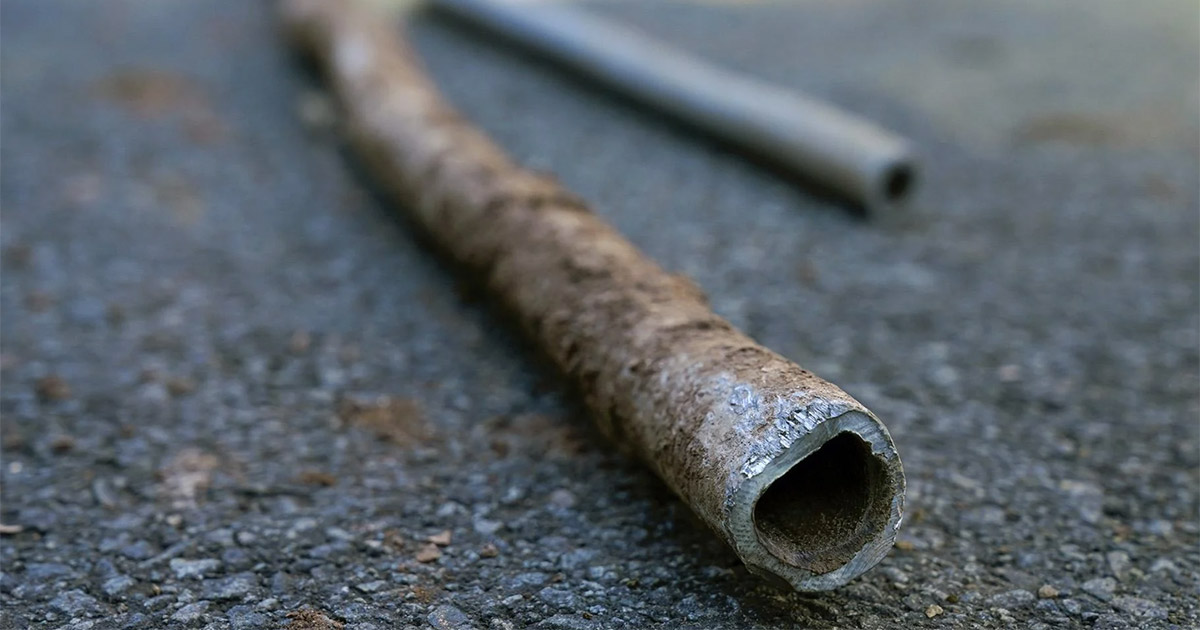Lead contamination in drinking water is an increasingly alarming issue that has been plaguing major cities across the United States. While high-profile cases such as Flint, Michigan, and Washington, D.C., have brought attention to this issue, they are sadly not isolated instances. From Jackson, Mississippi, to Chicago, Illinois, numerous cities are grappling with dangerous levels of lead in their water supply.
The Health Hazards of Lead Exposure
Lead, a neurotoxic metal, poses severe health risks when ingested, particularly for children. Prolonged exposure can lead to developmental delays, learning difficulties, and other health complications. Alarmingly, studies have indicated that there is no safe level of exposure to lead.
The most common way for lead to enter the body is through drinking water, as it can leach into tap water from lead pipes and fixtures, including those in aging homes and buildings. Other sources of lead include paint chips, soil, old toys or furniture, contaminated food or dust, and even cosmetics.
How Does Lead Contamination Occur?
Lead primarily enters drinking water through aging infrastructure. Old water pipes made of lead or with lead solder can corrode, releasing the toxic metal into the water supply. Cities like New York, Newark, Detroit, Baltimore, and Milwaukee are currently facing escalating lead crises due to their outdated water systems.
Another source of lead contamination is the widespread use of lead-based paint in older buildings. If chips from this paint contaminate drinking water, it can be extremely hazardous to health.
Preventive Measures and the Power of Advocacy
The general public can take several steps to safeguard themselves and their families from lead exposure. Regularly testing your water for lead, using water filters certified to remove lead, and running tap water until it’s cold before use can all help reduce exposure.
Community-wide change, however, requires collective action. Advocacy for updated water infrastructure and strict regulations on lead levels can play a crucial role in addressing this issue at its root.
A great example of this can be found in New York City. A report titled “No Excuses, NYC: Replace Lead Drinking Water Pipes Now” was issued by the New York City Coalition to End Lead Poisoning on July 18 of this year. According to the report, an estimated 21 percent of New York City residents may be consuming water that flows through lead service lines. The coalition, formed in the 1980s, comprises advocates, doctors, and lawyers who collaborated to create and pass Local Law 1 of 2004. This law aims to prevent childhood lead poisoning by addressing lead paint hazards in homes.
Purafy’s Solution to Lead Contamination
At Purafy, we understand the urgency of tackling lead contamination. Our advanced filtration technology utilizes graphene-based products and nanotechnology to effectively remove lead and other contaminants from drinking water.
Our strategic mission revolves around the application and optimization of our exclusive, patented graphene products to fundamentally transform the performance, capacity, and cost-effectiveness of current water filtration systems.
The fight against lead contamination is a collective effort. By staying informed, taking preventive measures, and advocating for change, we can all contribute to ensuring access to clean, safe drinking water for everyone.
For more information about Purafy and its solutions, visit purafy.com

